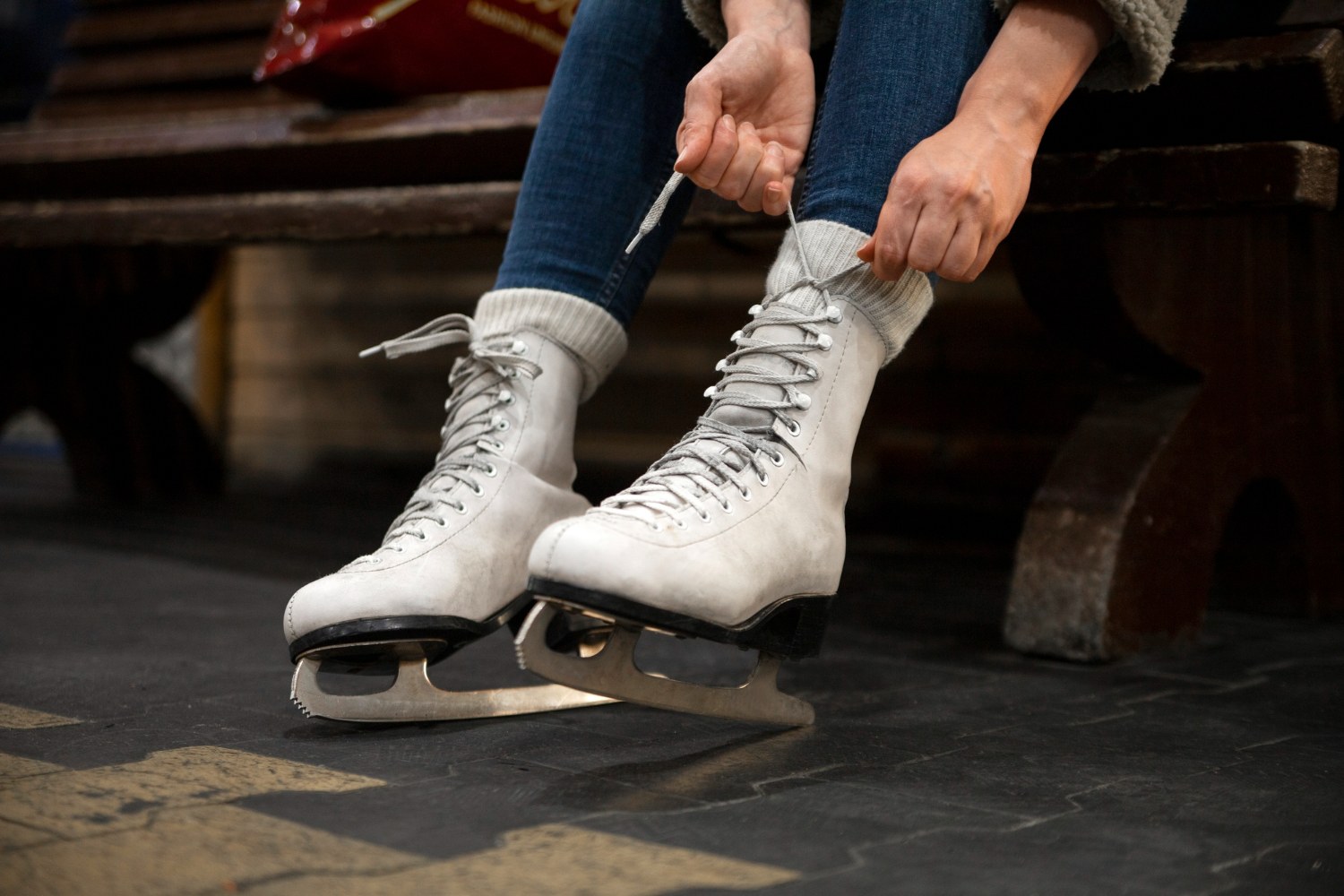Winter in motion
Download Pdf
Stainless steel is widely used in ice skate blades. The main reason is that it combines mechanical strength, hardness and corrosion protection. In an environment where there is water, low temperatures, and ice that may contain salts or impurities, these properties are highly valued.
The skate blade must fulfil several functions:
- Keep the edge as sharp as possible to allow precise manoeuvres.
- Resistance to wear, as the blade constantly rubs against the ice surface, which can be abrasive.
- Ability to recover the edge after repeated sharpening.
- Protection against aggressive agents such as moisture and salt.
The blade material should therefore be able to withstand mechanical stress, minor impacts, temperature changes and persistent humidity without degrading rapidly.

Why are they made of stainless steel?
Some of the properties that make stainless steel suitable are:
- They contain chromium, which forms a passive layer of chromium oxide on the surface that is thin and impermeable enough to prevent or delay corrosion. This layer can “self-repair” if it is not seriously damaged.
- If martensitic stainless steels are selected, such as AISI 420, with a structure that can be hardened by heat treatment (tempering and quenching), good hardness is achieved, allowing the cutting edge to maintain its geometry and sharpness.
- If the stainless steel composition has sufficient carbon content, it can be heat treated by quenching and tempering, which gives it hardness and good wear resistance without making it brittle.
- Coatings or surface treatments are avoided, as stainless steel already has good corrosion resistance.
The surface finish also matters. Good polishing reduces surface roughness, which minimises friction with ice and reduces the adhesion of small particles. Less friction means better movement and less wear on the cutting edge.
Would you like to know more about martensitic stainless steel? → https://www.cedinox.es/export/sites/cedinox/es/.galleries/Tecnica/Martensitics-Beyond-Excellence-web.pdf